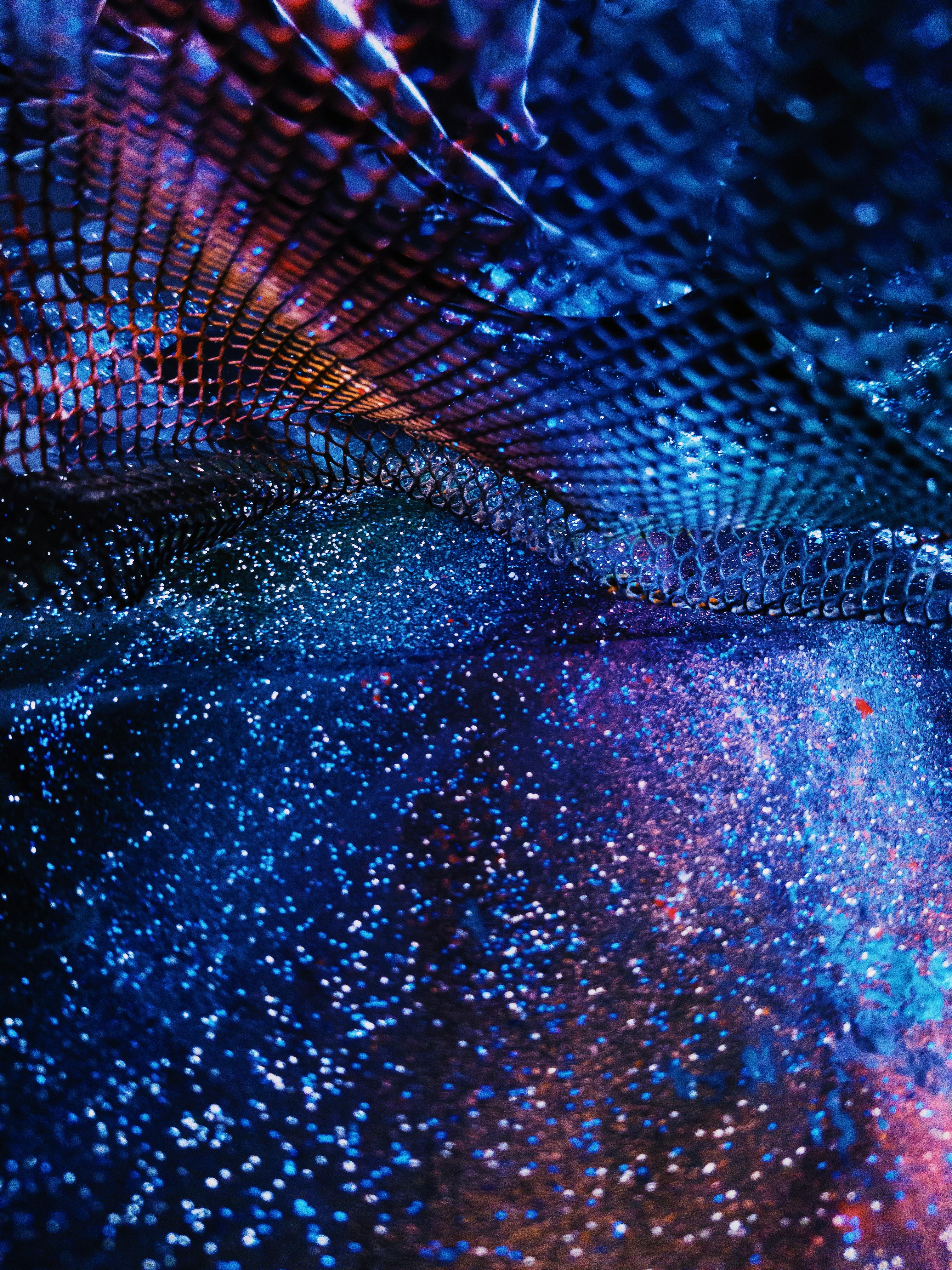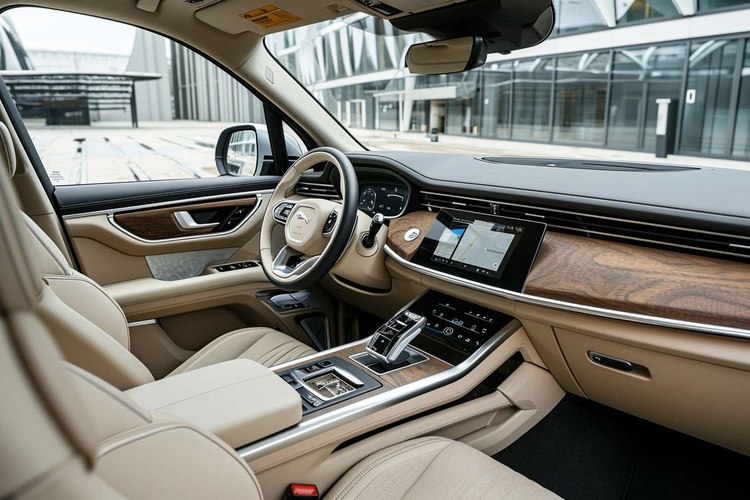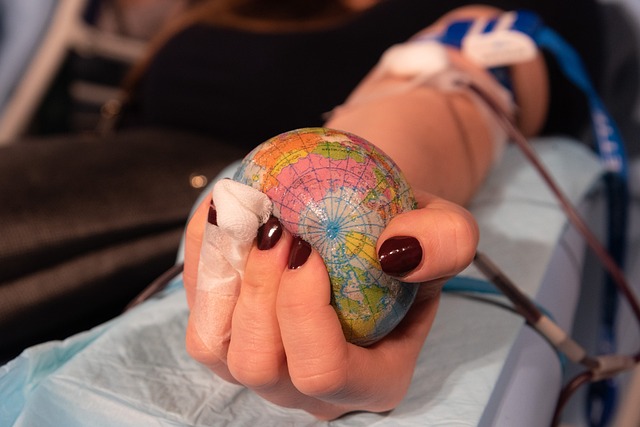Swirling Colors of Digital Art: A New Era of Creative Expression
They say a picture speaks a thousand words, but what happens when that picture is created with pixels instead of paint? Digital art, a creative frontier that is redefining the boundaries of imagination, is at the center of our discussion today. Digital art, the offspring of technology and traditional art, has its roots in the 1960s. It began as experiments by artists and engineers, who used algorithms and machines to create patterns that were impossible to achieve by hand. The arrival of personal computers in the 1980s democratized this form of art, allowing it to step out of the shadows of obscurity. Further advancements like the creation of graphic software, digital cameras, and the internet fueled its growth.

The Digital Canvas: Present Trends
Today, digital art has seeped into our everyday lives, from the animated movies we watch to the video games we play. It has even permeated into the realm of fine art, with artists like Beeple selling his digital artwork for millions at prestigious auction houses. The recent rise of NFTs or Non-Fungible Tokens, unique digital assets stored on blockchain, has further invigorated the digital art scene, providing artists with new avenues to sell their work.
Impact and Significance: More Than Meets the Eye
The impact of digital art is profound. It has democratized the art world by eliminating barriers like expensive art supplies and access to gallery space. This form of art is accessible to anyone with a computer and an internet connection, allowing artists from all walks of life to express their creativity. It’s also changing how we consume art, with virtual galleries and online exhibitions becoming increasingly popular.
Reception: A Mixed Palette
The reception towards digital art has been a mixed bag. While some praise it for its accessibility and limitless potential, others criticize it for its lack of physicality and the ease with which digital artwork can be duplicated. Despite this, it’s clear that digital art is shaping the future of creative expression, with its vibrant colors and infinite possibilities.
The Future: Pixels, VR, and Beyond
Looking ahead, the future of digital art seems promising. Developments in Virtual Reality and Augmented Reality are set to take this art form to new dimensions. As technology continues to evolve, so too will the ways in which artists can express their creativity. In this digital age, the canvas is limitless and the palette infinite.
Digital art has come a long way from its humble beginnings. From experiments on large, clunky computers to sophisticated creations on sleek tablets, this form of art has evolved and adapted with the times. It’s a testament to the enduring spirit of human creativity, a spirit that refuses to be bound by convention. Whether you’re an artist or an art enthusiast, it’s an exciting time to be involved in the world of digital art. So, let’s continue to watch this space as it challenges, inspires and transforms the landscape of creative expression.




